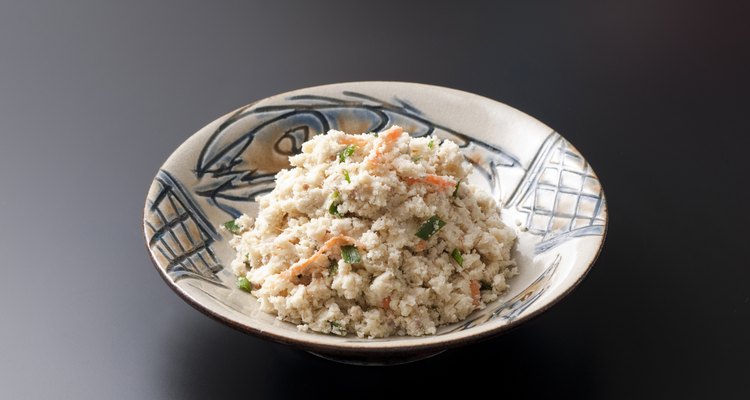
karimitsu/iStock/Getty Images
Processing soybeans for soy milk or tofu leaves behind a rich paste called okara. Most of the fiber in the ground soybeans remains in this byproduct, along with significant amounts of protein and other nutrients. Properly processed, okara adds fiber and nutritional value to baked goods and other foods. Every 1,000 liters of soy beverages produced generates about 250 kg of okara, according to Soy 20/20.
History
The earliest written record of tofu dates to 950 A.D. in China. Okara matches tofu in age but not in reputation, since the pressed paste produced by Chinese tofu-makers either became animal feed or the staple food of the very poor. In Japan and Indonesia, okara found an honored place in traditional cuisine. Studies conducted at Tokyo Army Medical College in 1899 confirmed the high nutritional value of okara, but the first commercial okara product in the U.S. didn't appear until 1929. Soy spread -- developed by Californian T.A. Van Gundy -- resembled canned meat paste and tasted like chicken.
Types
Okara paste looks like white wet sawdust when fresh. The texture compares well to coconut, but okara tastes bland and oily. Because the paste degrades quickly even under refrigeration, chefs must use the fresh product within two days. Flash freezing extends the shelf life. Those who don't grind their own beans will find packaged dried okara on store shelves.
Benefits
Moisture content varies from 65 percent to 80 percent in the fresh okara produced by industry. One hundred g of wet paste yields 3.2 g of protein -- 16 percent of the dry weight -- as well as 4.1 g of fiber and 80 mg of calcium. The 12.5 g of carbohydrate in the mix contributes only 50 calories. Okara provides small amounts of iron, niacin, riboflavin and thiamine. Dietary fiber's health benefits include lowering the frequency of chronic illness, improving bowel health and possibly preventing some types of cancer. High fiber diets also lessen food cravings. Eating okara products helps individuals consume the minimum daily amount of fiber recommended by the American Dietetic Association -- 25 g for women and 38 g for men. The typical American diet supplies only 15 g per day.
Potential
According to Soy 20/20, most okara still becomes animal feed. Okara could fuel the fermentations that produce industrial ethanol fuel or methane. Either composted or spread on fields, okara contributes to soil fertility without chemical contamination. Dried okara adds important nutrition to pet food if processed into pellets, but the greatest potential for okara lies in the food industry. Sometimes used as an extender in ground meat or a filler in pastry dough, okara also provides the main ingredient for protein-rich gluten-free cookies.
Expert Insight
Historically, most okara dishes originate in home kitchens and restaurants rather than industry. Either fresh or dried, okara adds bulk and protein to simple soups and stews. Okara also adds variety to vegetarian meals, contrasting with the more refined texture of tofu. Okara blends well with baked goods like bread, muffins and even doughnuts. Expect higher nutritional value from homemade okara, since hand pressing extracts less soy milk.
Related Articles

Is Allantoin a Relative of the Lanolin ...

Psyllium Husk & Gluten

List of Biodegradable, Every Day ...

Does Falafel Go Bad?
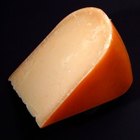
What Is Animal Rennet?

What Is Food Coloring Paste?
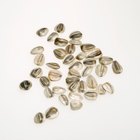
Is There a Difference Between Sunflower ...

How to Make Grapefruit Seed Extract
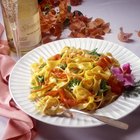
Facts About Italian Cuisine

Alcohol in Fermented Miso Paste
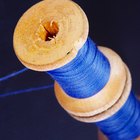
What Is a Synthetic Polyester Fabric?

What Is Arnel Vintage Material Fabric?

Substitute for Gram or Besan Flour

The History of Polyester Fabric

If Flour Has Never Been Opened Can It ...

Rayon Spandex Care Instructions
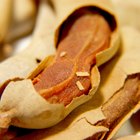
Uses of Tamarind Seeds
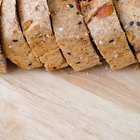
How Long Will Vital Wheat Gluten Last?

Ingredients in Restylane

What Are the Benefits of Extrapone ...
References
Resources
- "The Book of Tofu"; William Shurtleff and Aikiko Aoyagi; 1998
Writer Bio
James Young began writing in 1969 as a military journalist combat correspondent in Vietnam. Young's articles have been published in "Tai Chi Magazine," "Seattle Post-Intelligencer," Sonar 4 ezine, "Stars & Stripes" and "Fine Woodworking." He has worked as a foundryman, woodturner, electronics technician, herb farmer and woodcarver. Young graduated from North Seattle Community College with an associate degree in applied science and electronic technology.
Photo Credits
karimitsu/iStock/Getty Images